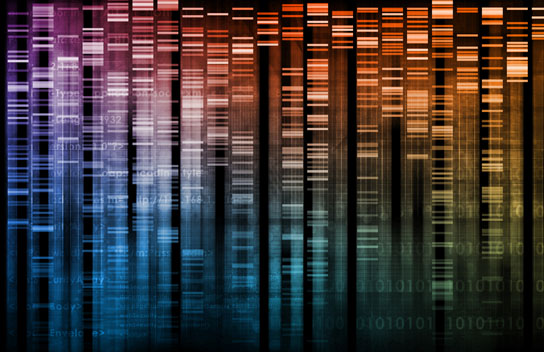
The new Genotyping-by-sequencing (GBS) protocol allows researchers to produce large amounts of genetic data. What distinguishes GBS from other equally powerful methods is its lower cost and simplicity.
A new genomics technique developed at Cornell University is roughly 50 times cheaper than comparable methods. The cost effectiveness of this new method, called Genotyping-by-sequencing (GBS), is a strong driving point, but its simplicity is also responsible for its growing interest with researchers.
Genotyping-by-sequencing (GBS), a powerful new technique developed at Cornell, is leveling the playing field in genomics research. Less than a year after publication, it is being applied to answer questions about diverse species, including hops, fox, turf grass, maize, cow, tomato and raspberry.
The GBS protocol, published in May 2011 in the journal PLoS One, allows researchers to generate huge amounts of genetic information. Identifying differences between the DNA of individuals is the first step toward unlocking the genetic basis for their differences in appearance or behavior.
What sets GBS apart from other equally powerful methods is, in part, a lower price tag. One cent buys about 50,000 data points, which is up to 50 times cheaper than other methods.
“Funding for agricultural genetics research has always lagged behind that of human genetics,” said Rob Elshire, the technique’s developer and the sequencing technology lead in the lab of Ed Buckler, a research geneticist with the U.S. Department of Agriculture Agricultural Research Service and adjunct professor of plant breeding and genetics. “GBS is an enabling technology — it’s cracking the door open for many underfunded research areas.”
The technique’s cost-effectiveness has been a strong selling point, but the method was also designed to be easy and robust compared with other DNA typing methods.
“In developing GBS, we … eliminated as many steps as possible,” Elshire said.
The method allows users to collect data on up to 384 individuals in a single sequencing lane, using a protocol with only four basic steps from DNA to data. Because of this efficiency, GBS can generate sufficient data for a thesis, a breeding program or an ecological study in a matter of weeks.
“GBS can generate terabytes of data,” said Sharon Mitchell, Institute for Genomic Diversity’s (IGD) research and laboratory manager and co-author on the PLoS One paper. “To help users, we have held several workshops mostly dedicated to the pipeline for data analysis and hands-on practice with it.”
She added that “Interest in GBS has been snowballing.” To keep up with the daily demand for information and assistance for users of the technique, additional staff are being hired, Mitchell said, “and nearly a year after publication, the article remains one of the top 10 most viewed genomics articles on PLoS One.”
A February 16-17 workshop on campus, for example, was filled to capacity and attracted participants — primarily plant breeders, geneticists, animal scientists, and evolutionary biologists — from as far away as New Zealand.
“The aspect of GBS that is most appealing is that it produces tens to hundreds of thousands of genetic markers,” said Mitchell. “Most plant and animal breeders are interested in using this plethora of markers to speed up the breeding process in a big way.”
To meet the continued demand for training, the workshop will soon be available as a video on the IGD website, and workshops will be offered in India and Africa in the coming year.
Reference: “A Robust, Simple Genotyping-by-Sequencing (GBS) Approach for High Diversity Species” by Robert J. Elshire, Jeffrey C. Glaubitz, Qi Sun, Jesse A. Poland, Ken Kawamoto, Edward S. Buckler and Sharon E. Mitchell, 4 May 2011, PLoS One.
DOI: 10.1371/journal.pone.0019379
The IGD is a nonprofit institute affiliated with the Cornell Institute for Biotechnology and Life Sciences Technologies. Since its establishment in 1998, it has helped organize molecular breeding workshops in Mali, Venezuela, Costa Rica, South Africa, Ghana, Nigeria, and Kenya.

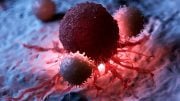
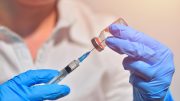
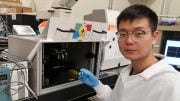

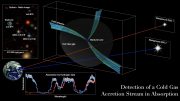
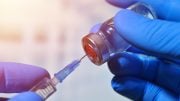

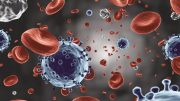
What is meant by “fifty times cheaper”? Do you mean 98% percent less?
According to the article, “One cent buys about 50,000 data points, which is up to 50 times cheaper than other methods.”